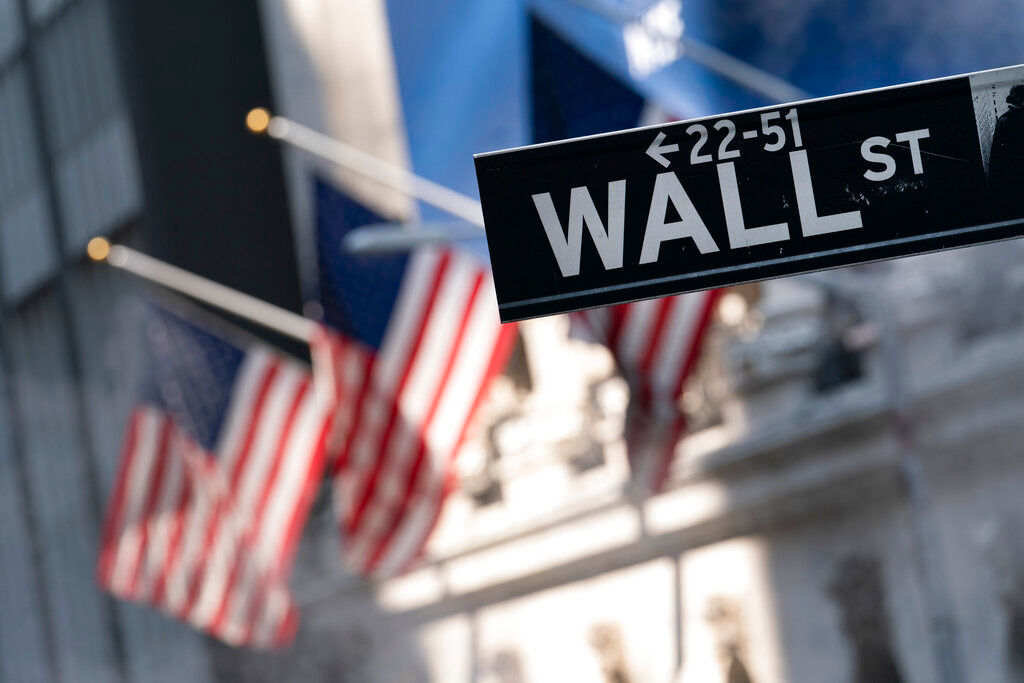Stocks are trading higher in mixed trading on Wall Street Wednesday after a report showed inflation slowed last month, though it was still higher than feared.
The S&P 500 was 1% higher after swinging between moderate gains and losses in the first few minutes of trading. The Dow Jones Industrial Average was up 330 points or 1% at 32,491, as of 10:23 a.m. Eastern time zone. The Nasdaq composite was 0.6% higher.
Also Read | What is in US Congress’ $40 billion aid package for Ukraine?
The US Labor Department’s report released on Wednesday showed that inflation slowed a touch in April, down to 8.3% from 8.5% in March. Investors also found some glass-half-full signals that inflation may be peaking.
Although, the numbers were still higher than economists’ forecast. They also showed a bigger increase than expected in prices outside food and gasoline, something economists call “core inflation” and which can be more predictive of future trends.
Also Read | Jack Dorsey says Elon Musk right to revoke Donald Trump’s Twitter ban
“Core inflation came in hot, and that’s what matters to the Fed at this point,” said Brian Jacobsen, senior investment strategist at Allspring Global Investments.
Although the mixed report led to erratic trading on Wall Street, economists said the Fed will be on track to raise interest rates rapidly and sharply in upcoming months.
Also Read | Why is Pfizer playing an $11.6 billion gamble on Biohaven?
Treasury yields initially surged but lost their gains as the morning progressed. Stocks recovered their early losses as yields declined.
The 10-year Treasury yield jumped as high as 3.08% but slipped 3.02% in later trading. The two-year yield, which moves more on expectations for Fed action, surged to 2.69% from 2.62% late Tuesday. It had climbed as high as 2.75% soon after the report’s release.
Higher fed rates are affecting the investments that were the biggest gainers of the ultra-low rates of the pandemic, including big technology companies, other high-growth stocks and even cryptocurrencies. The Nasdaq’s loss of roughly 25% so far this year is considerably worse than the nearly 16% drop for the S&P 500.
Also Read | Why is the baby formula shortage in US worsening? Explained
Apart from interest rates, China’s shutdown meant to curb COVID is increasing the risk of more supply chain disruptions for global companies and a slowdown in the world’s second-largest economy.
Meanwhile, the Russia-Ukraine war is threatening to keep inflation high because of disruptions to the oil and natural gas markets.
Also Read | Why is China’s zero-COVID policy zero percent effective?
Crude rose again on Wednesday, with benchmark US oil rising 5.1% to $104.86 per barrel. Brent crude, the international benchmark, jumped 4.2% to $106.79 per barrel.
That helped energy stock in the S&P 500 grew 3.1%, by far the biggest gain among the 11 sectors on the index. Exxon Mobil jumped 3%, and ConocoPhillips rose 3.1% higher.







